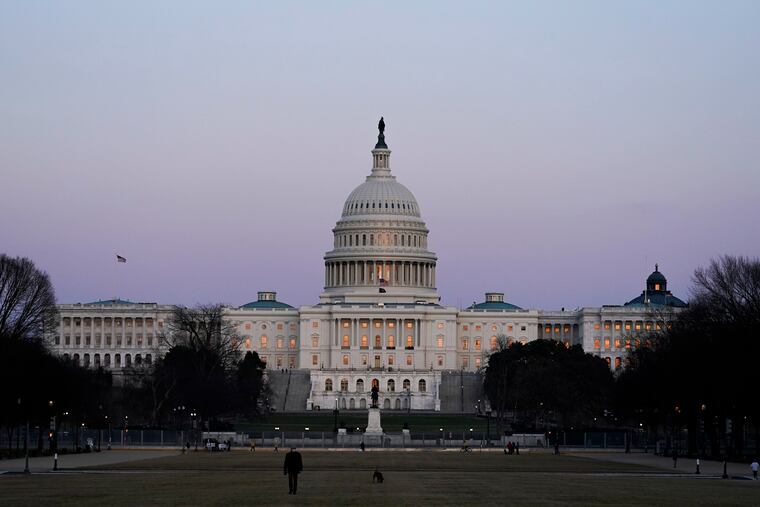Bring back earmarks | Opinion
Earmark spending is used to fund good, specific projects, like the ones we so desperately need today.

I have been blessed to work in government and politics for four decades. I served as Gov. Tom Ridge’s chief of staff while he was a House member and governor of Pennsylvania and was privileged to serve in the post 9/11 White House. Back then, bills were authorized and funds were appropriated. Authorization bills would pass regularly and appropriation bills would fund them. The Senate and House Appropriations Committees would get things passed on time.
Now we lurch from one emergency short-term spending bill to the next, and we have to authorize policies on appropriations bills. The Senate and House rarely pass stand-alone legislation. Votes are too often on straight party lines.
There is a solution to fix this: We need to bring back earmarks.
I am encouraged that the House Appropriations Committee is bringing back a modified form of earmarks. I’m hopeful that earmarks are included in a final federal funding package and in an infrastructure bill. There are many members of Congress who also privately agree with this premise.
This is because earmarks are one of the most effective negotiation tools. “If you vote for this spending measure to bring money to my home state, then I’ll vote for your legislation to support yours.” Simple as that, we could have a bill that Senate and House Democrats and Republicans can agree on. With a 50-50 Senate, bipartisan legislation is required to get anything done. We could fund a bipartisan stimulus package that is greatly needed as we continue to deal with the COVID-19 pandemic, an infrastructure bill that would address our nation’s growing transportation and energy concerns, and basically anything else we need.
Back when earmarks were at their prime, I secured modest funding for clients related to economic development and education with support from two Pennsylvania senators from opposite parties, who often worked together despite their political differences. Theirs is an example of bipartisan cooperation brought on by working together to bring funding to their state through earmarks.
Earmark spending is used to fund good, specific projects, like the ones we so desperately need today. With one of the largest concentrations of colleges, research, and life science development in the country, earmarks for Philadelphia could make a big difference in improving our economy and creating jobs. I think it’s unfair to simply call earmarks “pork barrel” spending. While this happened a few times, it was not the norm. Members of Congress have to attach their reputations to earmarks. If your elected representative is willing to say “yes, this is a good investment of federal money in my district or state,” then it likely is good for a community, a nonprofit institution, or a university.
Earmarks could help pass the national infrastructure bill, with creative and modern revenue models, that we talk endlessly about. The enactment of the total bill would be worth every dollar spent on earmarks.
State and local governments have been carrying a disproportionate share of this burden for years, which has been a huge challenge as they deal with revenue shortfalls today. Governors in most states, Republicans and Democrats, work with their legislative leaders on directed spending, or earmarks. And what is the result? On time (usually!), balanced budgets. Happy constituents who see state funding invested in good local projects. Some are concerned that such a shift to the federal government would increase our deficit exponentially. As a practical matter, do we really have any idea how much money it costs to simply issue a competitive federal grant? The paperwork, the well-meaning bureaucracy, the grants management, the review, the audit, the congressional oversight, and on and on.
With a directed earmark, the project is described in legislation, and the contract is written, with all of the necessary legalities. My modest guess would be that the earmark would cost about 75% less to the federal taxpayer. We could start rebuilding America, district by district. We’d create jobs desperately needed as we recover from COVID-19 and start passing important legislation again. Members of Congress need not worry about supporting earmarks, because they would bring much needed federal dollars to the communities and nonprofits they represent.
Yes, earmarks are in fact very good for our democracy. And we need them now more than ever.
Mark Holman, former chief of staff to Gov. Tom Ridge and former White House employee under President George W. Bush, is a partner at Ridge Policy Group, a government affairs firm in Washington, D.C., and Harrisburg.